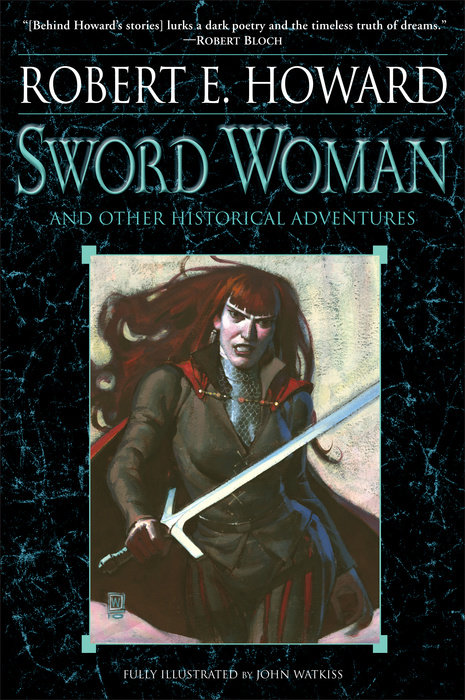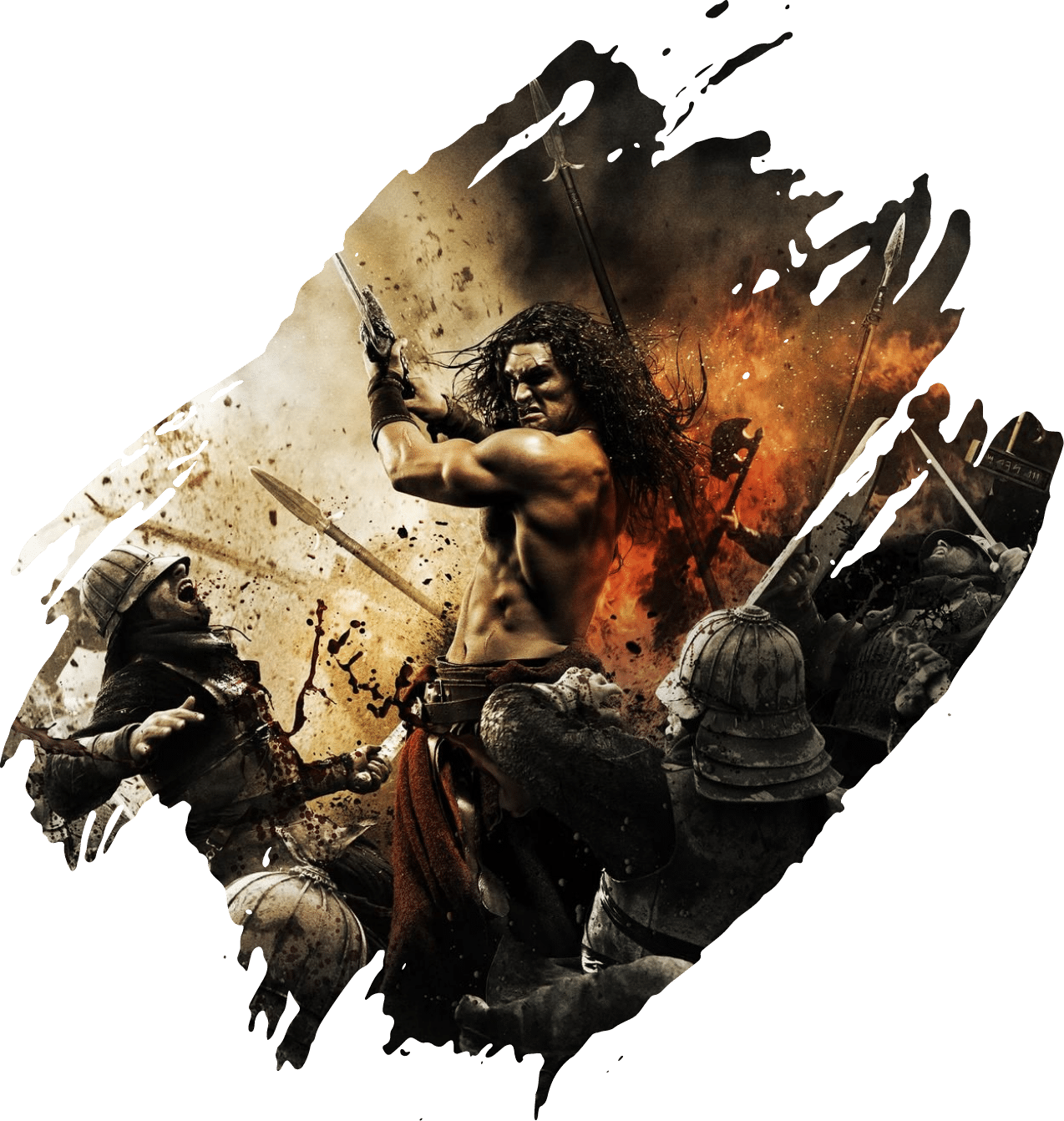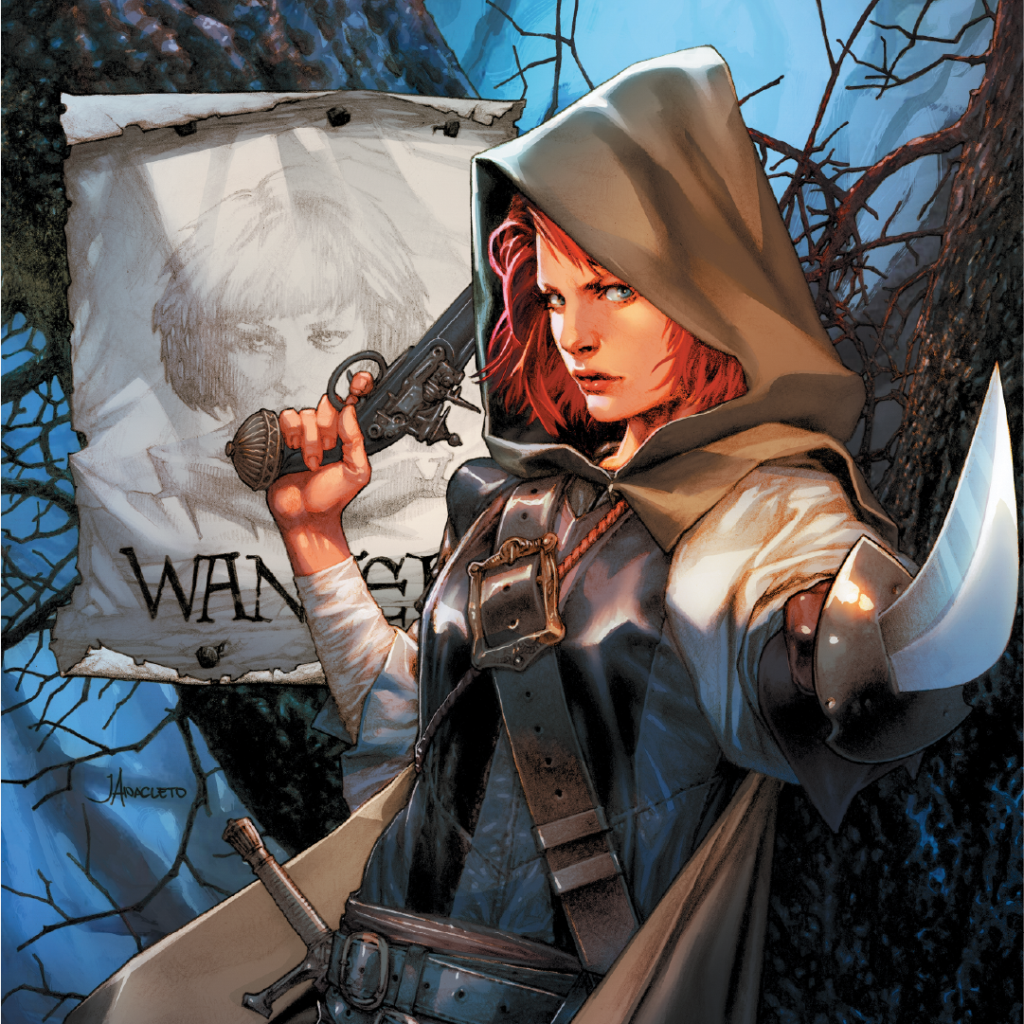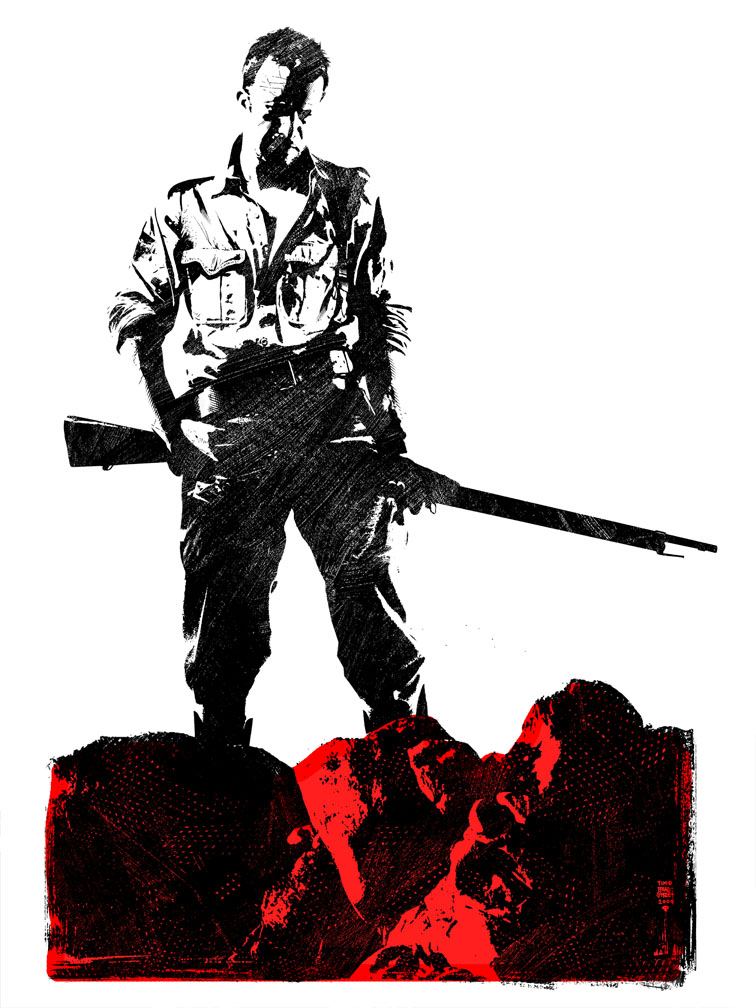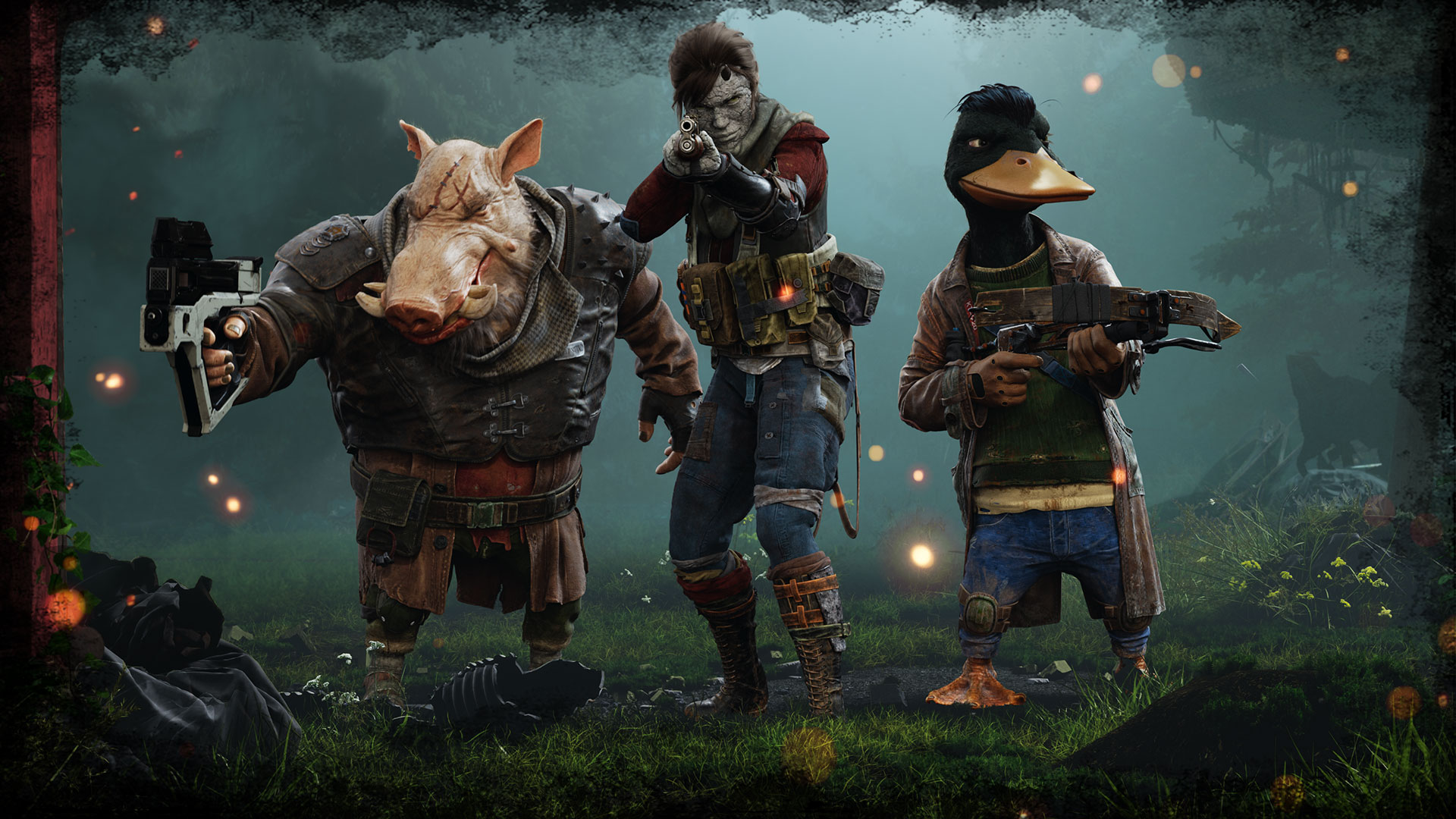History tells us that 16th century France was a man’s world. The stories of Dark Agnes de Chastillon tell us that history missed something extraordinary.
Hidden away in Robert E. Howard’s manuscripts lay a character that would redefine what a hero could be – if only the world had been ready to meet her.
These unpublished tales remained untouched for decades, a secret waiting to be discovered by those who thought they’d seen everything sword and sorcery could offer.
They were wrong.
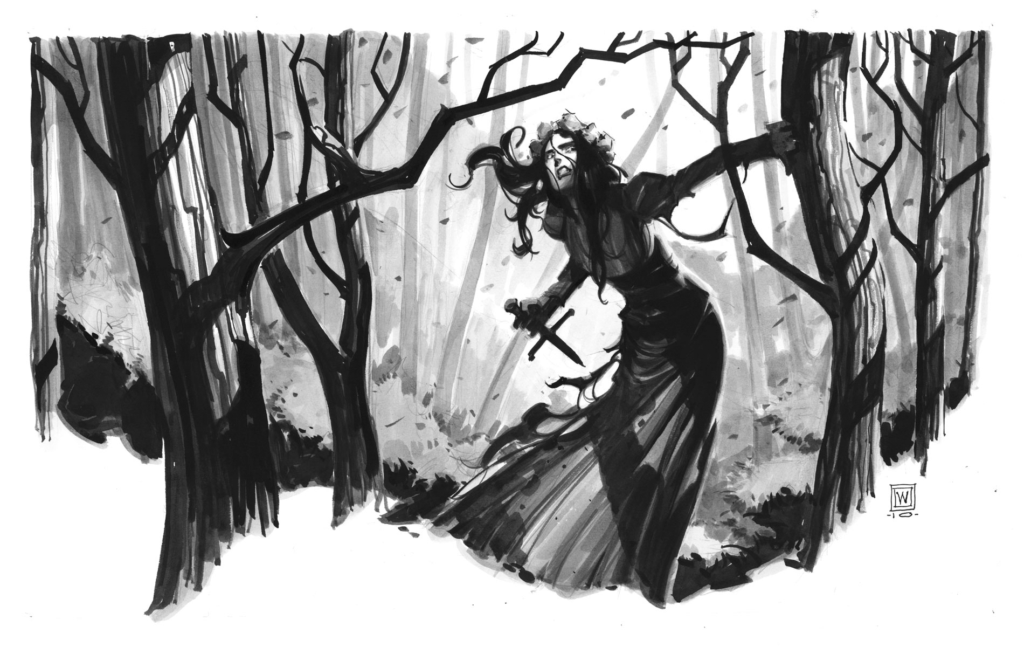
The Origin Story of Agnes de Chastillon
The story of Dark Agnes begins in the mud and mayhem of 16th century France, where the divide between nobility and peasantry ran as deep as the blade she would come to master. Born Agnes de Chastillon, she emerged not from the perfumed halls of nobility, but from the callused reality of farm life – a detail that would prove crucial to her survival in the years to come.
Life on her father’s farm had taught Agnes skills that no finishing school could provide. She learned to dress wounds from tending injured livestock, to read weather and terrain from working the fields, and to endure long days of physical labor that would later serve her well in combat. But it was the bitter politics of her small village that truly began shaping her into the warrior she would become.
When her father attempted to marry her off to a local noble – a man whose reputation suggested he collected wives like hunting trophies – Agnes made a choice that would alter the course of her life forever. Rather than submit to a fate others had chosen for her, she chose violence. The noble who thought to claim her found himself dead by her hand instead, and Agnes found herself with a taste for both blood and freedom.
But it was what came after that truly forged her into Dark Agnes. The Europe that awaited her outside her village was a crucible of betrayal and political intrigue. Her first alliance with the roguish Étienne Villiers ended in his attempt to sell her to a brothel – a betrayal she answered with her fists before ultimately forging an uneasy partnership with him. Under the tutelage of a mercenary captain, she learned the formal arts of sword and pistol, skills she would need as she navigated a world where everyone from common thieves to dukes sought power through treachery.
Ultimately, her peasant upbringing’s innate distrust of nobility proved well-founded as she encountered power-hungry dukes and scheming aristocrats. Her farm-hewn practical skills kept her alive when fancy swordplay alone would have meant death. And her early lessons in betrayal taught her to rely ultimately on herself, even as she cautiously formed alliances that would carry her through adventures worthy of any warrior’s tale.
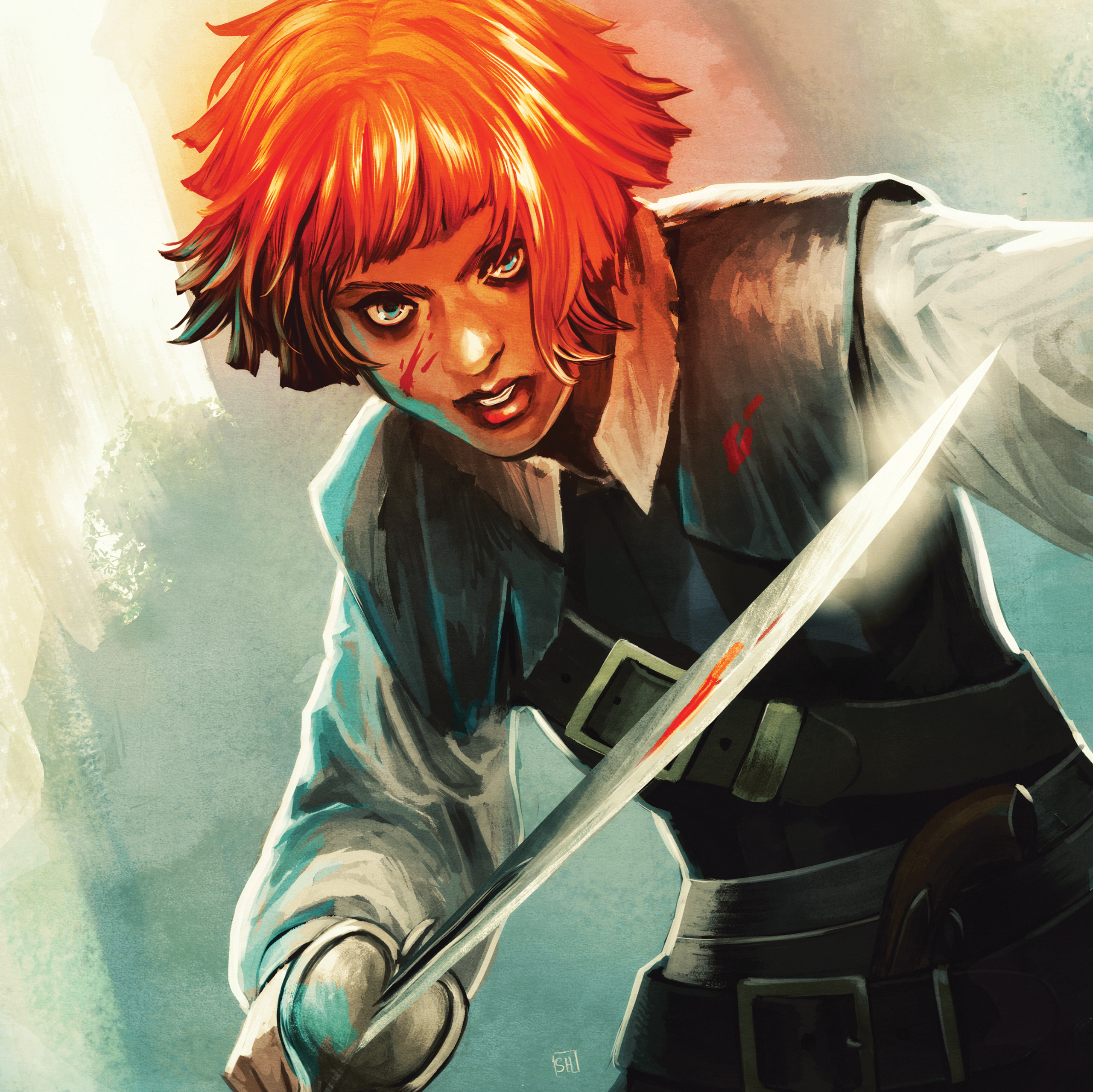
The Dark Agnes Stories Themselves: Adventure in 16th Century France
The tales of Dark Agnes survive in a handful of precious fragments, each offering a different facet of 16th century France. “Sword Woman,” the most complete of these tales, introduces us to a France caught between medieval brutality and renaissance sophistication. The story unfolds against a backdrop that would have been familiar to readers of Sir Walter Scott and Alexandre Dumas – a landscape where political intrigue tangles with personal honor, and where mercenary companies roam the countryside like wolves between warring nobles.
The historical authenticity of these tales draws from deep wells. The Free Companies that Agnes encounters were based on the real mercenary bands that terrorized France in earlier centuries, immortalized in works like Sir Arthur Conan Doyle’s The White Company. The stories are peppered with details that could have come straight from the Autobiography of Benvenuto Cellini, offering glimpses of life in King Francis I’s court. Yet Howard weaves these historical elements into something entirely his own, creating a France that feels both authentic and dangerous enough to challenge a warrior of Agnes’s caliber.
What makes these stories particularly fascinating is how they evolve. While “Sword Woman” plants itself firmly in historical adventure territory, the unfinished third tale takes an unexpected turn into the supernatural. This fragment introduces an undead Italian sorcerer and a mysterious red gem with the power to raise the dead – elements that would have felt right at home in the pages of Weird Tales magazine. This shift suggests Agnes’s adventures were meant to expand beyond the boundaries of historical fiction, perhaps following in the footsteps of Howard’s other heroes who straddled the line between history and dark fantasy.
The stories left such an impression that even Howard’s contemporaries mourned their brevity. As C.L. Moore wrote to Howard in January 1935: “It seemed such a pity to leave her just at the threshold of higher adventures. Your favorite trick of slamming the door on a burst of bugles! And leaving one to wonder what happened next and wanting so badly to know.” This tantalizing glimpse of what might have been suggests how much potential lay in Agnes’s character and her world.
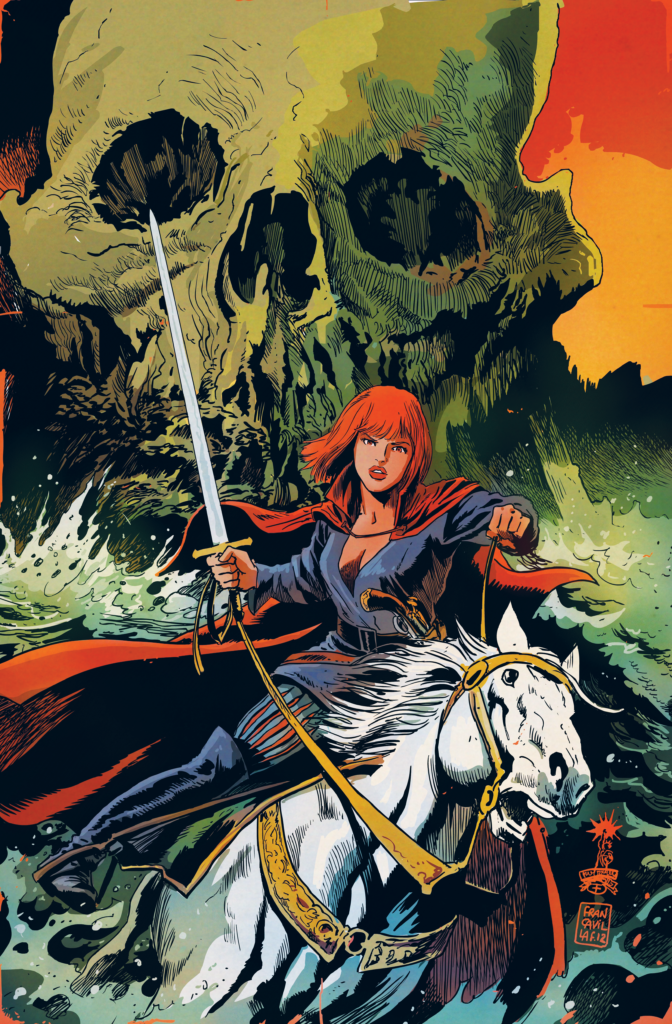
What Makes Dark Agnes Different
In an era when female warriors in fiction were nearly nonexistent – save for Howard’s own Red Sonya of Rogatino and C.L. Moore’s noble Jirel of Joiry – Agnes carved out something entirely new. She was something genuinely revolutionary: a woman who chose violence as her answer to a violent world, and who refused to apologize for either her rage or her occasional mercy.
What truly set Agnes apart was her psychological complexity. Beneath her lethal exterior lay a mind constantly at war with itself. Where most heroes might show mercy from a place of virtue, Agnes’s rare moments of compassion emerged from a deeper, more complicated place – a recognition of how systems of power turned everyone into either predator or prey. This understanding only added layers to her ferocity. Her forgiveness, when it came, was as deliberate and dangerous as her wrath.
This complexity manifested most dramatically in her approach to violence. Unlike the choreographed swordplay of traditional swashbucklers or the calculated brutality of trained soldiers, Agnes’s combat style emerged from a place of primal fury. She was known for erupting from seeming calm into devastating action, her attacks driven by a savage intensity that caught enemies off guard. This was, at its core, psychological warfare, leveraging her opponents’ underestimation of a woman’s capacity for violence against them.
Her motivations also stood in stark contrast to the heroic conventions of her time. Where Joan of Arc fought for God and country, and even Howard’s other protagonists often found themselves serving larger causes, Agnes remained stubbornly focused on her own survival and independence. While this might be easy to dismiss as simple selfishness, to do so would be a misread of her character. In reality, Agnes’ manner manifested as a radical declaration of self-worth in a world that afforded women little agency.
For nearly half a century, Agnes’s tales lay dormant, preserved only in manuscript form and known to just a handful of devoted Howard scholars. While other sword-wielding heroines like Red Sonya found their way into popular culture, Agnes remained in the shadows until the 1970s and ’80s, when her stories finally saw print in limited-run editions. But perhaps this delayed emergence was fitting for a character so ahead of her time.
In recent years, as Agnes has finally stepped onto the wider stage through comic adaptations and new collections, modern audiences have discovered something remarkable: a female character who doesn’t simply adopt traditionally masculine roles, but instead demands to be seen as a warrior in her own right. This nuanced approach to gender identity, revolutionary for the 1930s, resonates powerfully with contemporary readers, suggesting that Dark Agnes’s greatest adventures may still lie ahead.
To discover Dark Agnes is to find yourself caught in a web of steel and survival, where every page turns with the swift certainty of a blade. Her stories offer something rare: a protagonist who feels startlingly modern while remaining absolutely true to her historical setting. Whether you’re a longtime fan of sword and sorcery or new to the genre entirely, Agnes’s tales promise adventure unlike anything you’ve encountered before.
She stands ready, sword in hand, to introduce you to a France where danger lurks in noble houses and dark alleys alike, where betrayal and loyalty dance like duelists, and where one woman’s rage made even the mightiest men tremble with fear.
